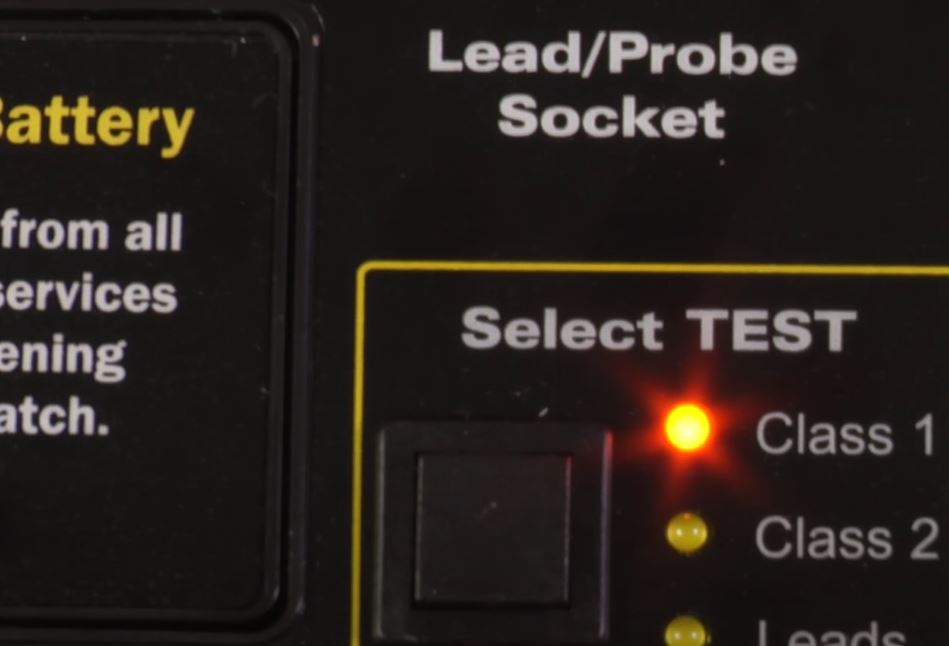Do you ever wonder how often you need to do a test and tag? It feels like you’re constantly being bombarded with regulations and requirements. Well, fear not! In this guide, we will break down the compliance requirements, factors influencing testing frequency, and recommended intervals for test and tag. So, get ready to take a deep breath and relax because we’re here to help you navigate through the maze of testing schedules. Stick with us; you’ll never have to worry about falling behind on your test and tag duties again. Let’s dive in and find out how often you need to do a test and tag!
Compliance Requirements for Test and Tag
To ensure compliance with test and tag regulations, you should adhere to the frequency requirements for testing and tagging your electrical equipment. These regulations are in place to ensure the safety of both you and those around you. The frequency you need to test and tag your equipment will depend on a few factors.
Firstly, the type of environment in which the equipment is used will determine how often it needs to be tested and tagged. For example, equipment used in a harsh or hazardous environment will require more frequent testing than equipment used in an office setting.
Secondly, the type of equipment itself will also play a role in determining the testing and tagging frequency. Some equipment, such as portable RCDs and extension leads, may need to be tested and tagged more regularly than other types of equipment.
Lastly, the Australian standard AS/NZS 3760 guides the recommended testing and tagging intervals for different types of equipment. It is essential to refer to this standard to ensure you comply with the regulations.
Factors Influencing Testing Frequency
Three key factors influence the frequency of testing and tagging your electrical equipment. The first factor is the type of equipment being used. Specific equipment, such as portable appliances or hand-held tools, are more prone to wear and tear, requiring frequent testing. On the other hand, fixed equipment, like air conditioning units or electrical panels, may only need to be tested sometimes. The second factor is the environment in which the equipment is used. Harsh or hazardous environments, like construction sites or factories, can cause quicker equipment deterioration, necessitating more frequent testing.
Conversely, equipment used in office spaces or residential areas may require less frequent testing. The third factor is the level of risk associated with the equipment. Equipment with a higher risk of injury or damage, such as power tools or medical devices, should be tested more often to ensure their safety and reliability. Ultimately, the frequency of testing and tagging should be determined by considering these three factors in conjunction with any specific industry regulations or guidelines.
Recommended Intervals for Test and Tag
For optimal safety and compliance, adhere to recommended intervals for test and tagging your electrical equipment. These intervals are determined based on various factors, such as the type of equipment, its usage, and the environment in which it operates. It is important to note that different countries and industries may have specific regulations and guidelines regarding test and tag intervals.
Generally, it is recommended to have a test and tag conducted every 3 to 6 months for high-risk equipment in industrial and commercial settings. This includes equipment subject to heavy use, exposed to hazardous conditions, or used in high-voltage environments.
For medium-risk equipment, such as office equipment or appliances in residential settings, a test and tag every 6 to 12 months is often recommended. These items are typically used less frequently and are subject to lower risks.
Low-risk equipment, such as items used infrequently or in low-voltage environments, may only require a test and tag every 1 to 2 years. However, it is important to assess the condition of the equipment regularly and perform visual inspections to ensure its safety.

